Michaelius
Supreme [H]ardness
- Joined
- Sep 8, 2003
- Messages
- 4,684
If someone is interested one of our Polish portals made benches for FXs at same clock setting to look at IPC:
http://www.purepc.pl/procesory/test_amd_fx8150_bulldozer_kontra_intel_sandy_bridge?page=0,11
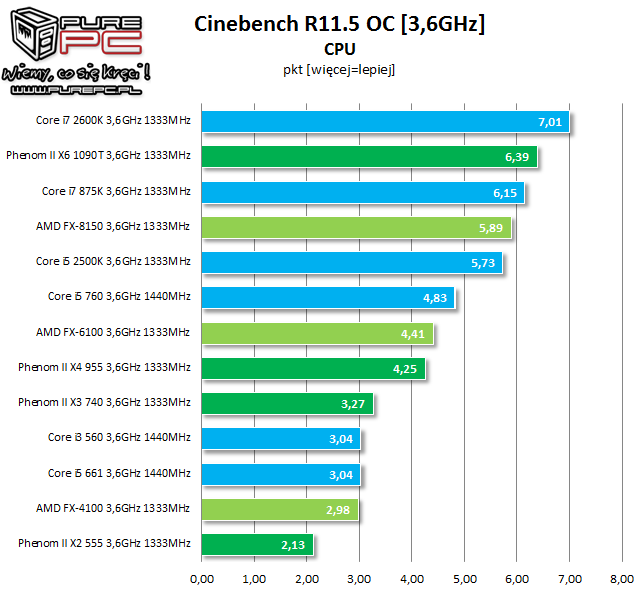
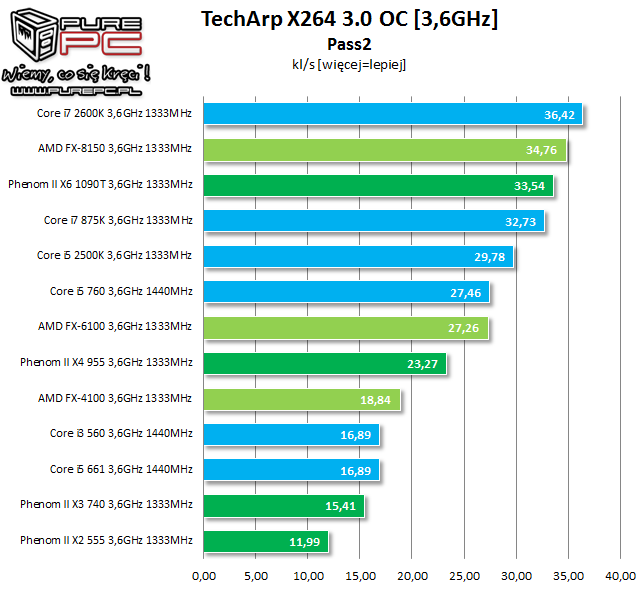
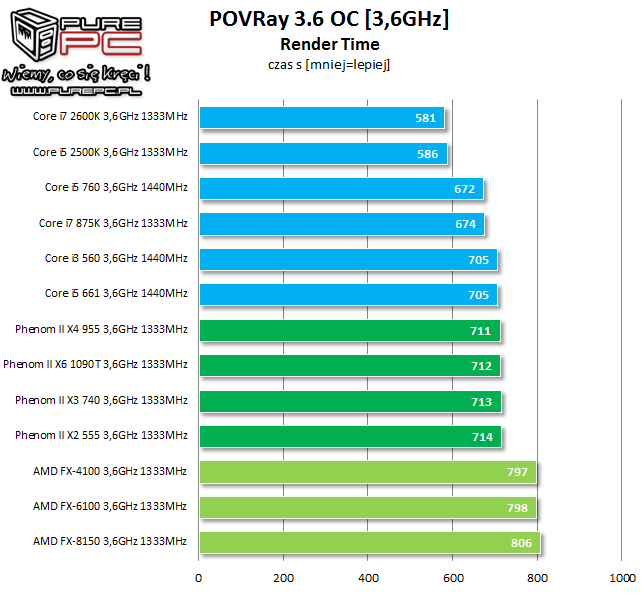
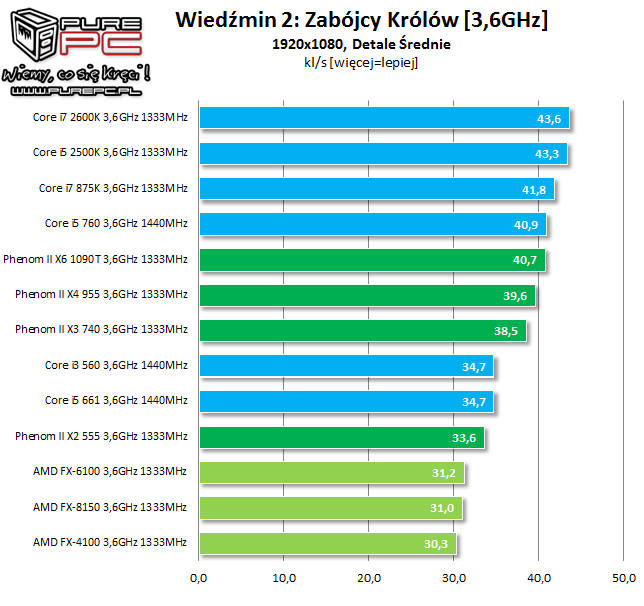
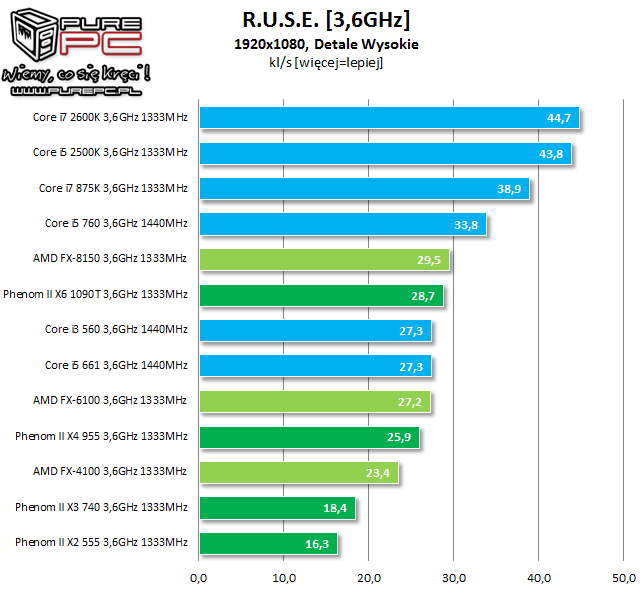
http://www.purepc.pl/procesory/test_amd_fx8150_bulldozer_kontra_intel_sandy_bridge?page=0,11





![[H]ard|Forum](/styles/hardforum/xenforo/logo_dark.png)